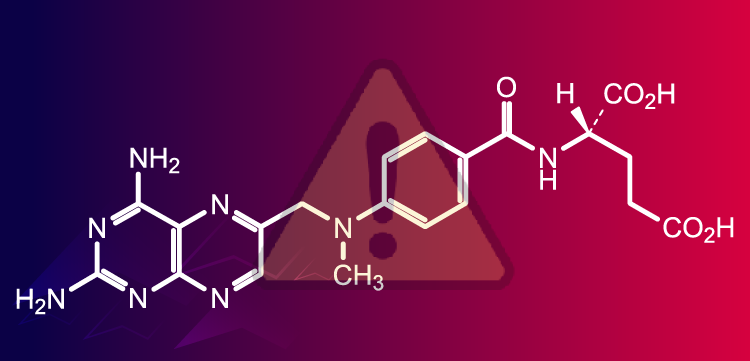
Phase 3 DUO-E Study Findings Prove ‘Exciting’ in Advanced Endometrial Cancer
Patients with mismatch repair proficient, newly diagnosed, advanced or recurrent endometrial cancer may have enhanced benefit with the addition of olaparib to durvalumab.
Findings from the
In a conversation with CancerNetwork® during the
Transcript:
The bottom line is that DUO-E met both its primary end points. It was very exciting, and we were very thrilled. In the all-comer, intent-to-treat population comparing the durvalumab arm to [the control arm], we saw a reduction in the risk of progression of 29% [HR, 0.71; P = .003] . The addition of olaparib seemed to even improve this benefit.
For the durvalumab/olaparib arm compared with control, we saw a reduction in the risk of progression of 45% [HR, 0.55; P < .0001]. Now, interestingly, when we looked at an 18-month cut off end point, we saw a really intriguing doubling of the proportion of patients who are progression free at 18 months—approximately 46% in the durvalumab-olaparib arm, as opposed to 21% in the control arm. It’s really nice evidence of durable response. I should note that at the time of follow up, we had about a 17-month follow up—a really nice long follow up at the time of this assessment.
I can also [talk] little bit about some of the secondary end points. We did break out the impact of the findings based on [MMR] status. Looking at those patients, about 20% of our population was MMR deficient. What we saw is both of the durvalumab arms had were affected with HRs of 0.42 and 0.41, respectively, but the addition of olaparib didn't seem to add much to this population. That makes sense because the bar is really high already. The patients who get those checkpoint [inhibitors] who have that biomarker do so well.
Where we saw the biggest bang-for-our-buck was in the [approximately] 80% of patients who had MMR proficient disease. That's really where the combination seemed to succeed the best. Although the durvalumab-alone arm had activity, the addition of olaparib seemed to enhance that benefit, with a really nice 6 month improvement in progression free survival in that group.
Reference
Westin SN, Moore KN, Chon HS, et al. DUO-E/GOG-3041/ENGOT-EN10 trial: carboplatin/paclitaxel + durvalumab followed by maintenance ± olaparib as first-line treatment for newly diagnosed advanced or recurrent endometrial cancer. Presented at the 2023 Annual Global Meeting of the International Gynecologic Cancer Society; November 5-7, 2023; Seoul, South Korea.
Newsletter
Stay up to date on recent advances in the multidisciplinary approach to cancer.


















































































